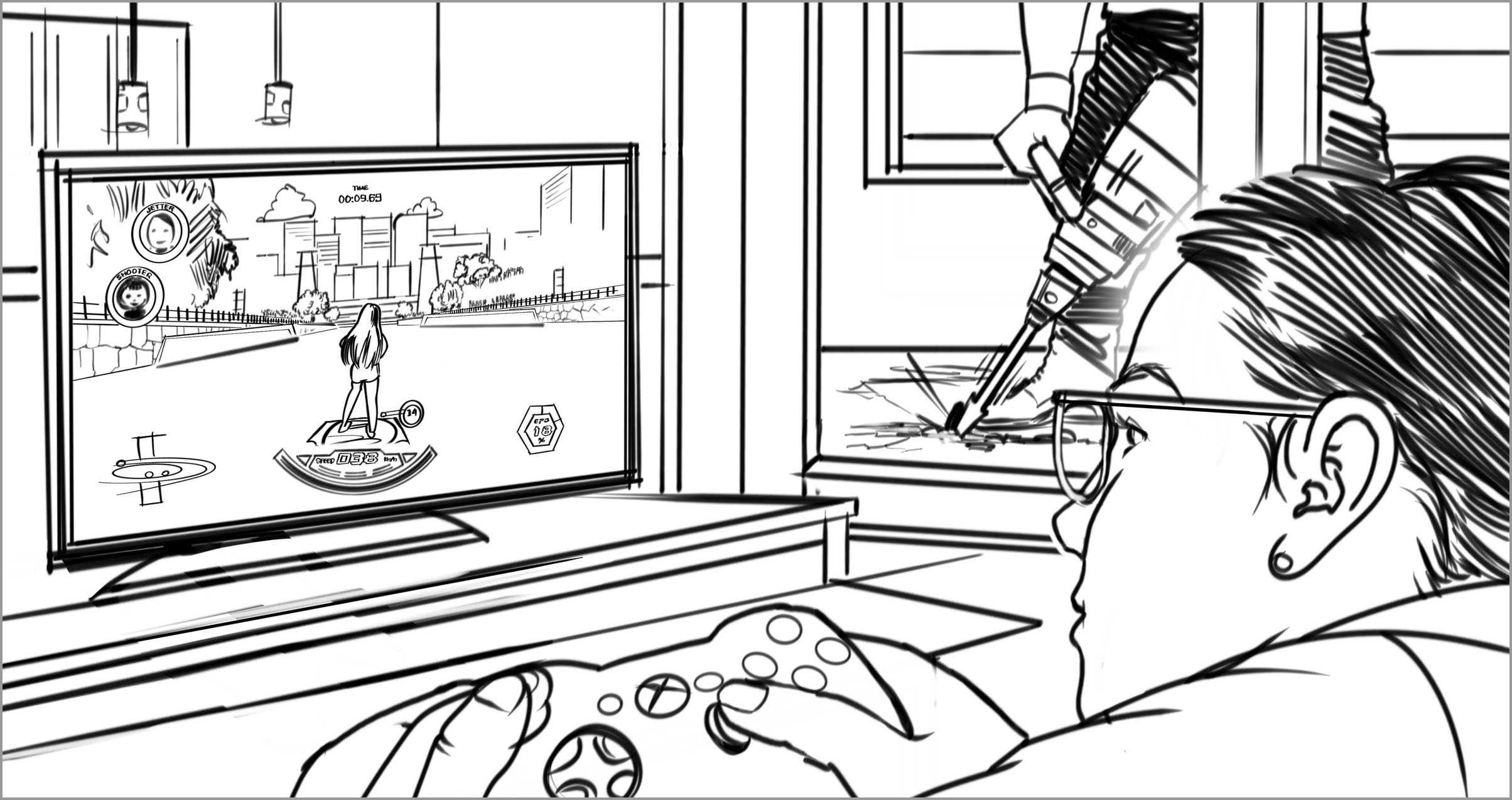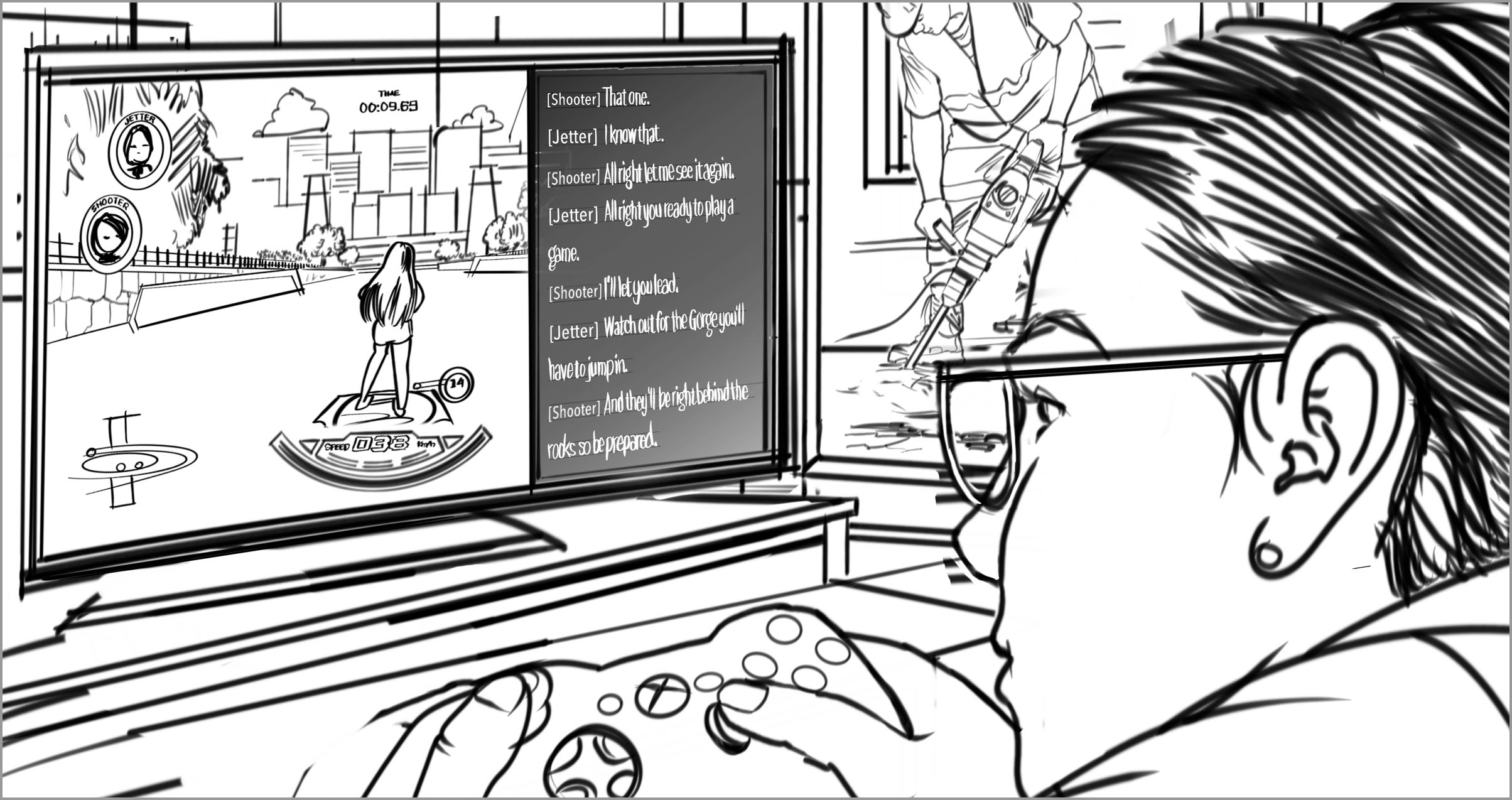Note
Access to this page requires authorization. You can try signing in or changing directories.
Access to this page requires authorization. You can try changing directories.
The ability to hear and understand speech is reduced, especially in noisy environments, but hearing aids aren’t typically used.
Hearing loss doesn't always mean the complete inability to hear sound. Someone with mild hearing loss may experience subtle difficulties in hearing noises in their environment. This may include difficulty understanding what's said in a conference room meeting, or difficulty hearing a sound from a device, especially in a noisy environment. When hearing loss is mild, hearing aids aren't typically used. The ability to adjust audio settings on a device can improve the experience for users with hearing difficulties.
As we age, we naturally lose some of our ability to hear—often resulting in mild hearing loss. Mild hearing loss can also be due to temporary situations like a cold, or more permanent situations like injuries to the inner ear or congenital conditions.
Barriers
Volume as the only means of portraying information (such as when the device makes an error noise, but doesn’t provide a text or visual alert)
Inability to adjust volume settings
Facilitators
- Ability to alter sound level or quality on devices
- Captioning or subtitles
- Compatibility with a wide range of headphones and sound-emitting devices, especially to shared devices such as a Surface Hub or gaming consoles
- Alerts that appear via text, in addition to sound
Examples

BARRIER — When crucial elements of game play are hearing-based, such as live party chat, even situational circumstances like outside construction can result in exclusion from play.

FACILITATOR — The option to turn on live party chat transcriptions eliminates the requirement to hear game affordances in order to participate.
The purpose of this reference is to provide concepts people can use to document and discuss aspects of function. Design should happen with people with disabilities, this reference is meant to support that activity, not replace it.